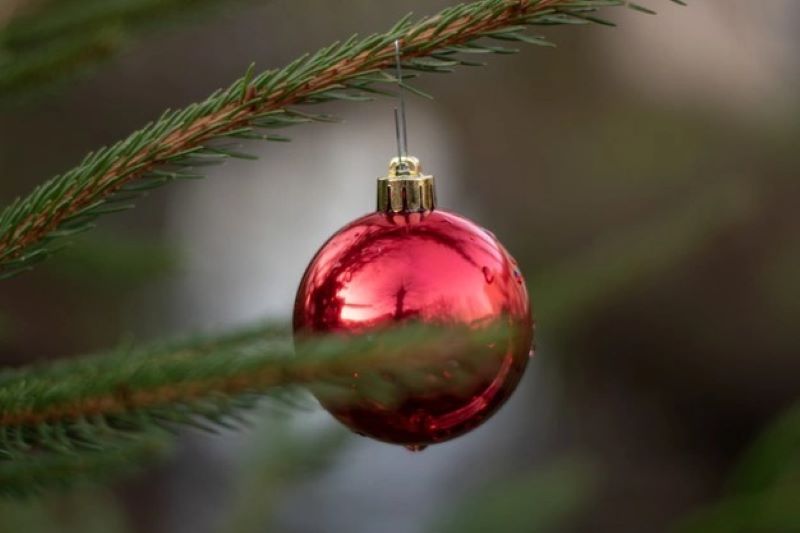The Evolution of Christmas Trees: From Pagan Ritual to Festive Tradition
The holiday season is a time of warmth, love, laughter, and traditions. Year after year, we follow these traditions without truly understanding the history behind them. These seemingly simple routines have a lot of fascinating stories behind them, which have passed down through generations. From Christmas trees to stockings and even Rudolph the Red-Nosed Reindeer, the remarkable stories surrounding holiday traditions will take you on a journey spanning centuries.
Christmas, celebrated on December 25th every year, is the most significant holiday in Christian culture, and it marks the birth of Jesus Christ. Although the celebration of Christmas started centuries ago, the tradition of decorating a Christmas tree can be traced back to the 16th century in Germany. The Christmas tree’s popularity rose exponentially after Prince Albert brought the tradition to England from Germany in the 1840s. The tradition soon caught on in America as well, and by the early 20th century, Christmas trees had become a staple in American homes.
Another beloved tradition is hanging stockings over the fireplace. The history of this tradition dates back to the 4th century when St. Nicholas, a bishop in what is now Turkey, became popular for his generous gift-giving to children. St. Nicholas earned the reputation of a gift-giving saint, and the custom of leaving stockings for him to fill with treats and gifts caught on. The idea behind hanging stockings for Christmas evolved from this custom, and it has become a cherished holiday tradition for families around the world.
No Christmas is complete without reading or watching Rudolph the Red-Nosed Reindeer. This beloved story about Rudolph teaches children the values of tolerance, inclusion, and acceptance. It was created by Robert L. May in 1939, who worked for Montgomery Ward department stores at the time. The company wanted to give away a Christmas storybook to its customers, and May was given the task of writing one. May’s story of Rudolph’s journey to becoming one of Santa’s sleigh-pulling reindeer became an instant hit, and Rudolph has become an inseparable part of Christmas celebrations ever since.
The Uncanny Origins of Christmas Stockings: Saint Nicholas and Generosity
The holiday season is also known for its festive food, such as gingerbread houses and fruitcake. The history of gingerbread goes back over a thousand years to ancient Greece and Rome. Although gingerbread was popular in many parts of Europe, the gingerbread house became a German tradition in the 16th century. Fruitcakes, on the other hand, originated in ancient Egypt and were reserved only for special occasions such as weddings and coronations. In the Middle Ages, they were associated with Christmas and became a staple of holiday celebrations.
Finally, the celebration of New Year’s Eve has become just as significant as Christmas in some countries. In ancient times, the Babylonians celebrated a twelve-day festival called Akitu, which celebrated the renewal of life. The festival marked the vernal equinox, which usually fell on March 21st. However, the celebration of New Year’s Eve eventually came to be associated with Julius Caesar’s reforms to the Roman calendar in 45 BCE, which declared January 1st to be the first day of the year. New Year’s Eve has become a global affair, with cities all over the world putting on dazzling fireworks displays to welcome the new year.
The holiday season is a time to celebrate family, friends, and the traditions that bring us close. These traditions remind us of the power of love, kindness, and generosity that can exist in the world. Understanding the history behind these traditions allows us to appreciate them more deeply and pass them on to the generations to come. The holiday season is a time for reflection, joy, and above all, being grateful for the people in our lives.
